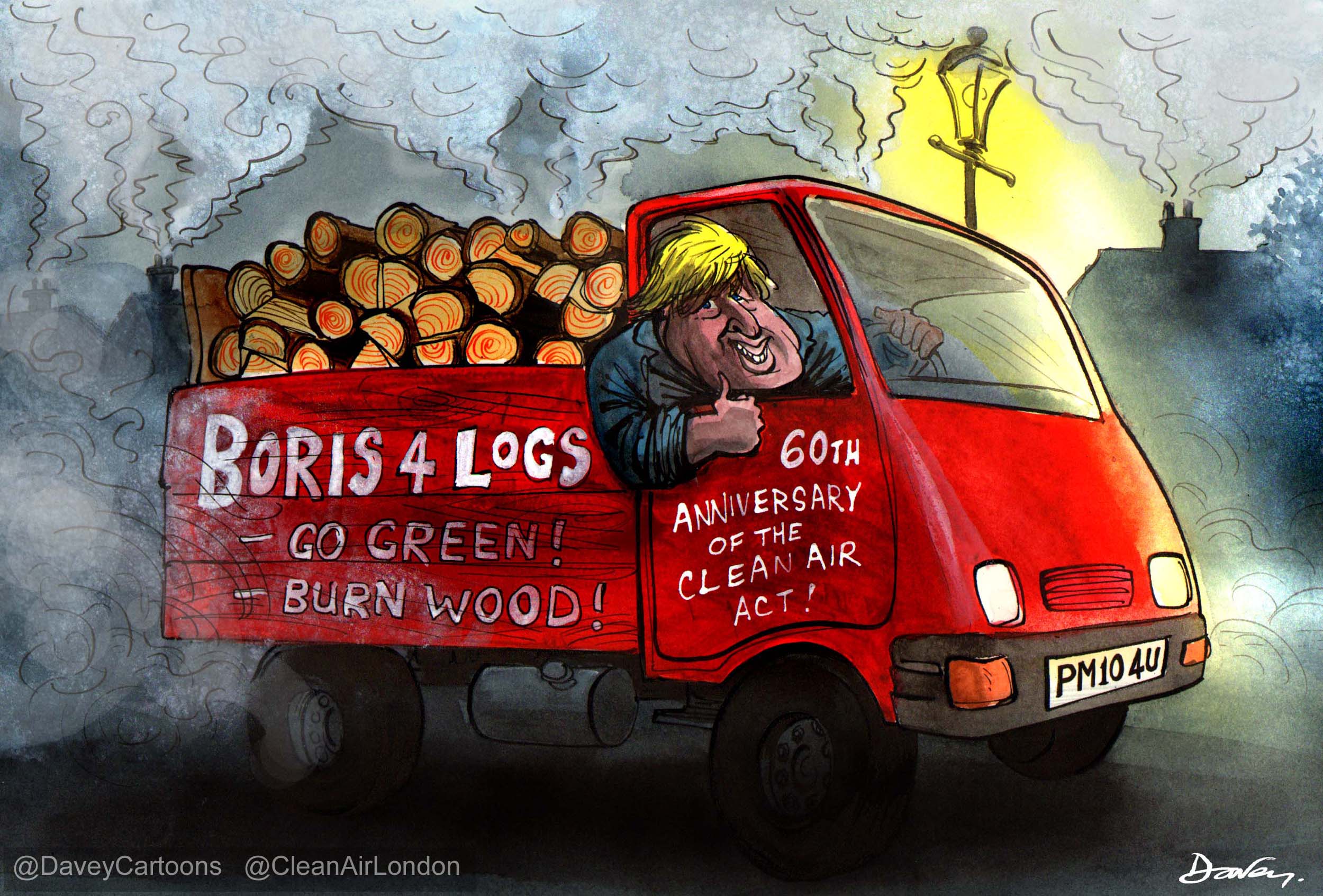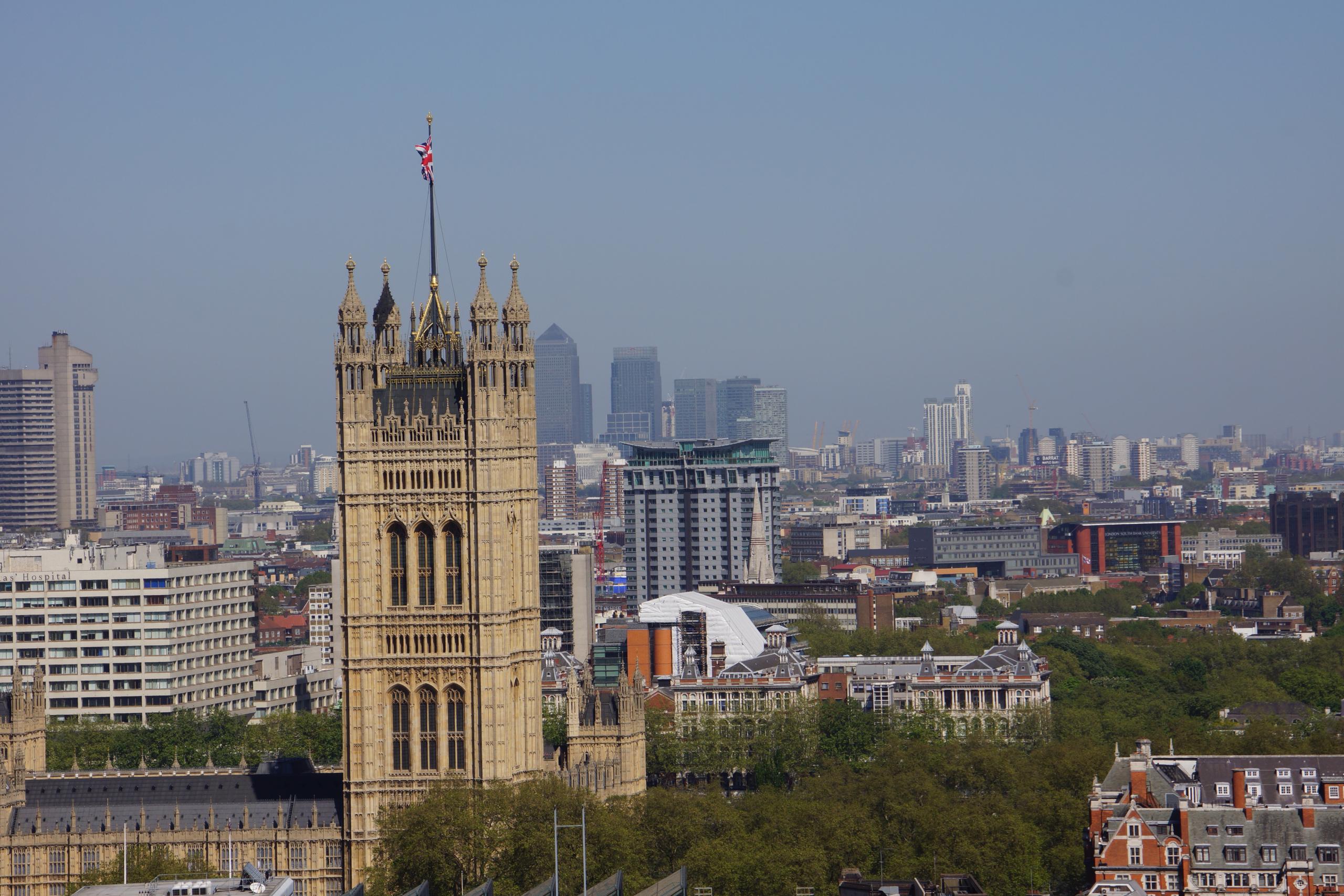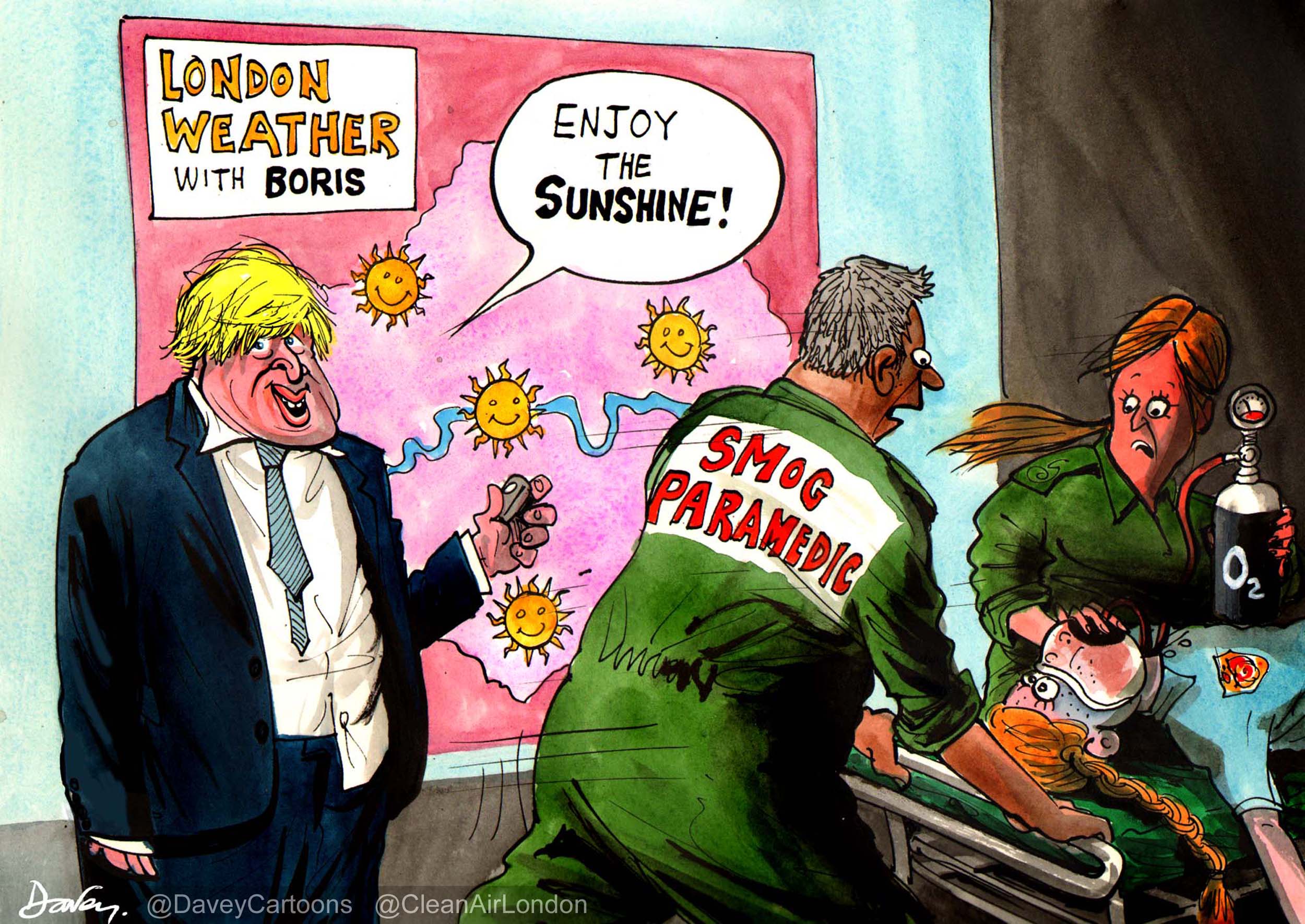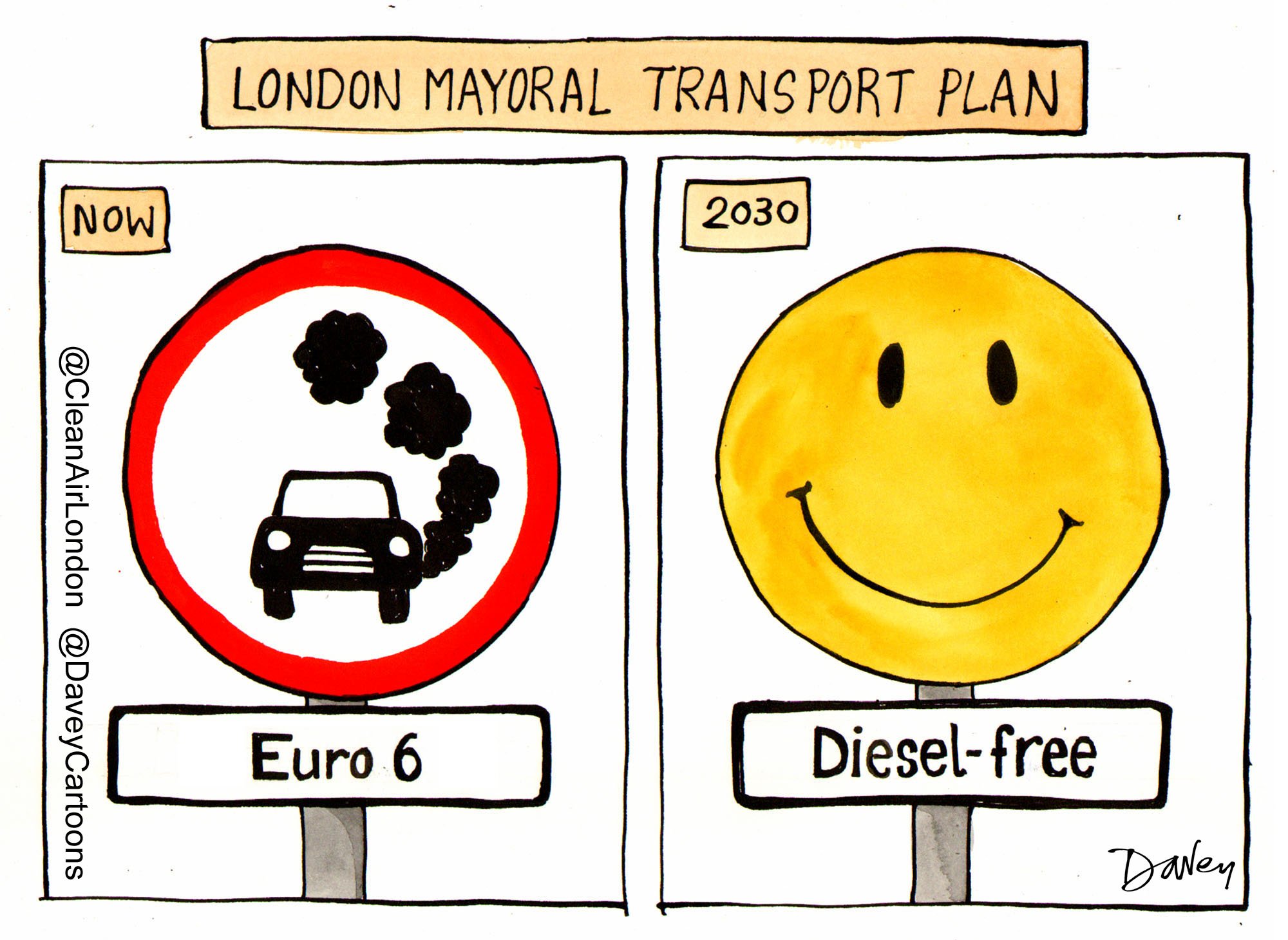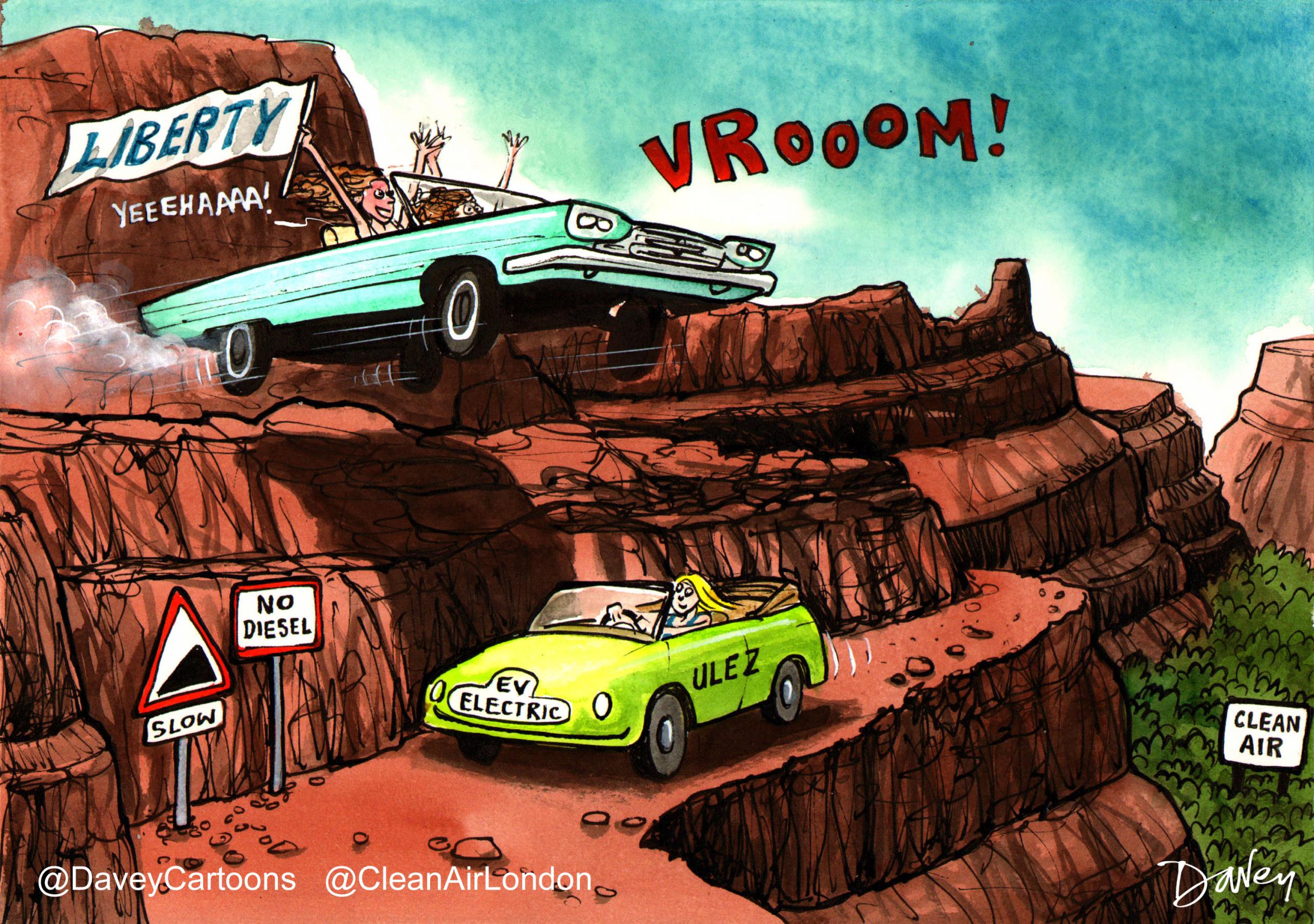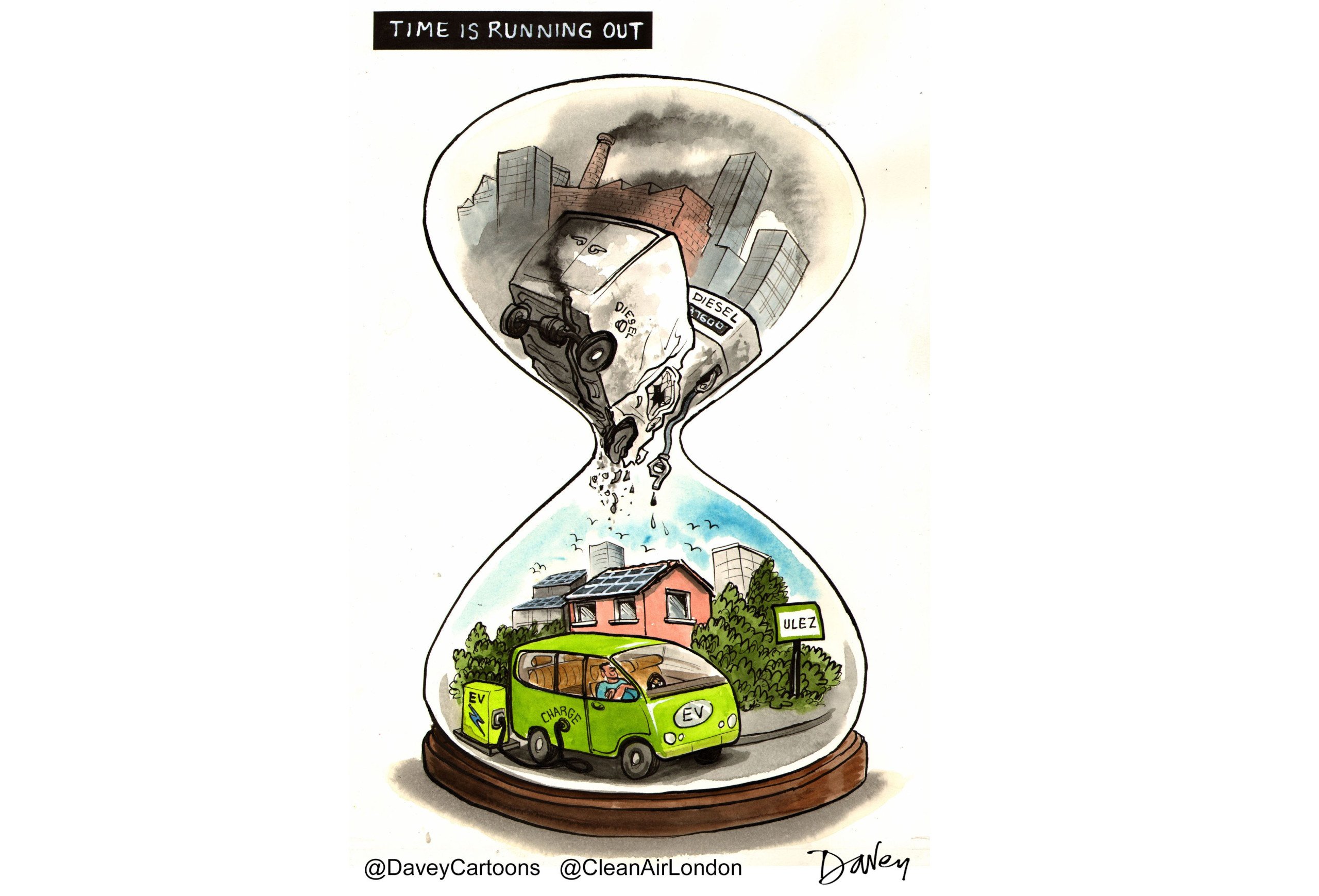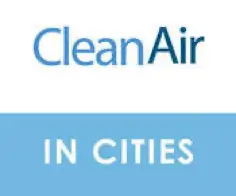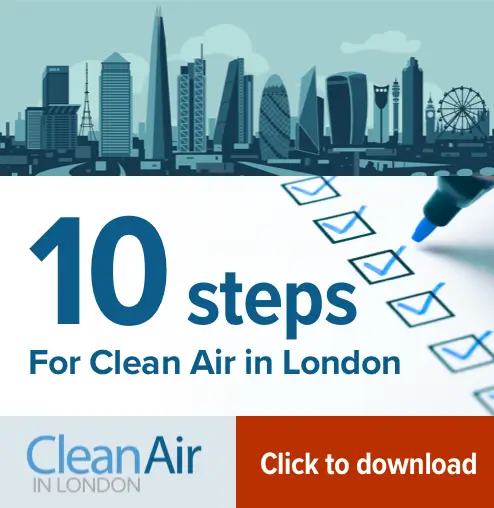Written evidence submitted to Parliament’s Super Inquiry into Air Quality
Improving air quality inquiry
- I am writing on behalf of Clean Air in London (CAL) to respond to the unprecedented joint inquiry on air quality relaunched by the Environmental Audit Committee and the Environment Food and Rural Affairs, Health and Transport Committees.
- CAL is a voluntary organisation which campaigns to achieve urgently and sustainably full compliance with World Health Organisation (WHO) guidelines for air quality throughout London and elsewhere. Further information about CAL can be found at http://cleanair.london/.
- CAL is independent of any government funding, has cross party support and a large number of supporters, both individuals and organisations. CAL provides a channel for both public concern and expert opinion on air pollution. This document provides both general and expert comments in response to the Inquiry.
Executive summary – Proposing a new Clean Air Act
- This submission responds to a number of questions in the terms of reference particularly: Is there enough cross-government collaboration to set in place the right fiscal and policy incentives?; and How can those charged with delivering national plans at local level be best supported and challenged?
- This submission proposes principles for a new Clean Air Act that will:
- Protect the right of people to breathe healthy air;
- Protect the global environment through responsibility for and action to reduce air pollution, including the emission of greenhouse gases, at a national and local level;
- Protect the wellbeing of future generations;
- Apply the precautionary principle;
- Apply the principle of ‘polluter pays’; and
- Harness the opportunity to update and consolidate existing clean air legislation e.g. for modern sources of pollution and technologies and scientific knowledge.
- Clean Air in London (CAL) has taken advice on this matter from Harrison Grant Solicitors but all errors and omissions in this submission are the responsibility of CAL alone.
- Part One: Protect the right of people to breathe healthy air through:
- Extending the protections in the Human Rights Act 1998 by amending the definition of ‘Convention Right’ to include the right to breathe clean air as a fundamental part of the Convention Right to Life (Article 2). Clean air could be defined according to the principles outlined below. This in turn would ensure that ‘public authorities’, defined as a body or person any of whose functions is of a public nature, must act compatibly with the right to breath clean air;
- Educating the public; and
- Ensuring that legal aid is available for the enforcement of the right to life.
- Part Two: Protect the global environment through responsibility for and action to reduce air pollution, including the emission of greenhouse gases, at a national and local level through:
- Setting and updating limits by:
- Providing that limits must be set which protect public health, welfare and the environment. Limits on concentrations would be science based and follow the precautionary principle;
- Implementing UK targets under the Gothenburg Protocol, covering transboundary pollution, the National Emissions Ceiling Directive and the Paris Agreement;
- Adopting national limits and objectives based on WHO guidelines; and
- Providing the mechanism to incorporate stricter limits, where that is necessary, to reflect new information about pollutants or new information about the potential of interactions of more than one pollutant to pose more severe risks than each individually.
- Enforcing limits by:
- Introducing a duty for urban government at local level to:
- Declare Air Quality Action Areas (AQAA) where WHO guidelines are not met (and review these annually) where the following emission requirements would apply;
- Mechanisms for banning or charging vehicles entering the AQAA or providing incentives;
- Set emission limits e.g. non-road mobile machinery, gas boilers, standby diesel generators (and restrict their use), zero emissions for new buildings and technology-neutral limits for combined heat and power plant;
- Prohibit the burning of solid fuel;
- Prohibit certain types of vehicle/emissions;
- Prohibit vehicle engine idling; and
- Consider costs and time of enforcement, exemptions and penalties, feasibility and periodic review.
- Enhancing the role of the Environment Agency (including duties, powers and additional resources) to include:
- A duty to collect and publicise accurate information on air pollution, including its effect on people, sub-populations and ecosystems;
- The duty to set standard and limits in accordance with the Act;
- The power to enforce limits, or require local authorities to enforce them;
- Powers and duties to ban emissions at source, including emissions caused by planes, vehicles, buildings, shipping and power stations where those emissions would cause or contribute to unlawful concentrations, or exceed targets for greenhouse gases; and
- The duty to review the regulation of indoor air and the power to introduce measures to control it.
- Ensuring that access and duties to report emission and concentration data to the European Environment Agency are maintained.
- Educating and involving the public including by guaranteeing the Aarhus Convention rights to information, public involvement and access to justice.
- Follow the recommendations in the Brundtland Report 1987 including to achieve “shared perceptions of long-term environmental issues and the appropriate efforts needed to deal successfully with the problems of protecting and enhancing the environment”. Also respond to the “need for informed and active citizens, consumers and scientists who are aware of the impacts of their actions on current and future lives, livelihoods and environments; of the limits in our understanding and knowledge of such impacts; and of the need for radical change such that we ‘tread more lightly’ on the Earth”.
- Part Three: Protect the wellbeing of future generations by
- Ensuring the UK lives within its environmental limits, using only its fair share of the earth’s resources so that our ecological footprint is reduced to the global average availability of resources[1]; and
- Providing that the powers to limit emissions apply to all emissions, including those which cause or contribute to climate change.
- Part Four: Apply the precautionary principle
- Providing that, under the new Clean Air Act, where there is good reason to believe that harmful effects may occur to human, animal or plant health, or to the environment or to the well-being of future generations and the level of scientific uncertainty about the consequences or likelihoods is such that risk cannot be assessed with sufficient confidence to inform decision-making, the decision maker must adopt the decision which avoids serious harm to health, the environment or the wellbeing of future generations.
- Part Five: Apply the principles of “polluter pays”
- Enforcement of legal limits or harmful pollution will be backed up with fines and/or entitlement to reparation; and
- Charges may be levied by government at national, regional or local level to deter pollution.
- Part Six: Harness the opportunity to update the existing Clean Air Act legislation for modern sources of pollution and technologies and consolidate it
- Consider information and reports published by Defra as part of the Red Tape Challenge and subsequently in relation to existing Clean Air Act legislation e.g. between 2010 and 2015.
- Seeking opportunities to align outcomes with the United Nations’ ‘Transforming our world: the 2030 Agenda for Sustainable Development while recognising that targets must be more ambitious and science based.
- Learn from the excellent work done by Geraint Davies MP and others.
- Other
- Clean Air in London (CAL) has taken advice on this matter from Harrison Grant Solicitors but all errors and omissions are the responsibility of CAL alone.
- Simon Birkett, Founder and Director, of Clean Air in London would welcome the opportunity to give oral evidence to the Inquiry.
[1] See e.g. Wales Wellbeing of Future Generations (Wales) Act 2015
Defra_Future of the Clean Air Act_March 2012
Defra AEA Report_Review of the effectiveness of measures in the Clean Air Act 1993_20 July 2012
Defra_Review of the Clean Air Act_Call for evidence summary of responses_July 2014
EIC – Improving Air Quality After Brexit – Digital
171130-SoS-to-Mary-Creagh-Environmental-policy-evidence-session

